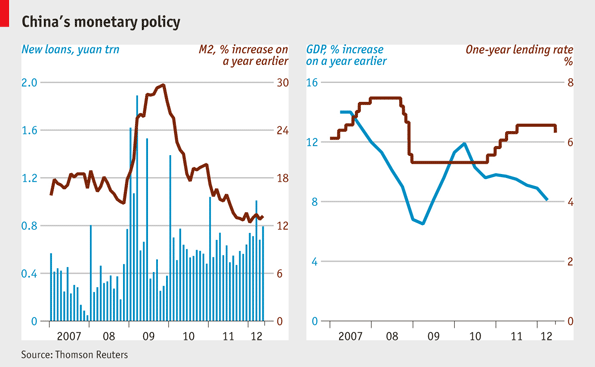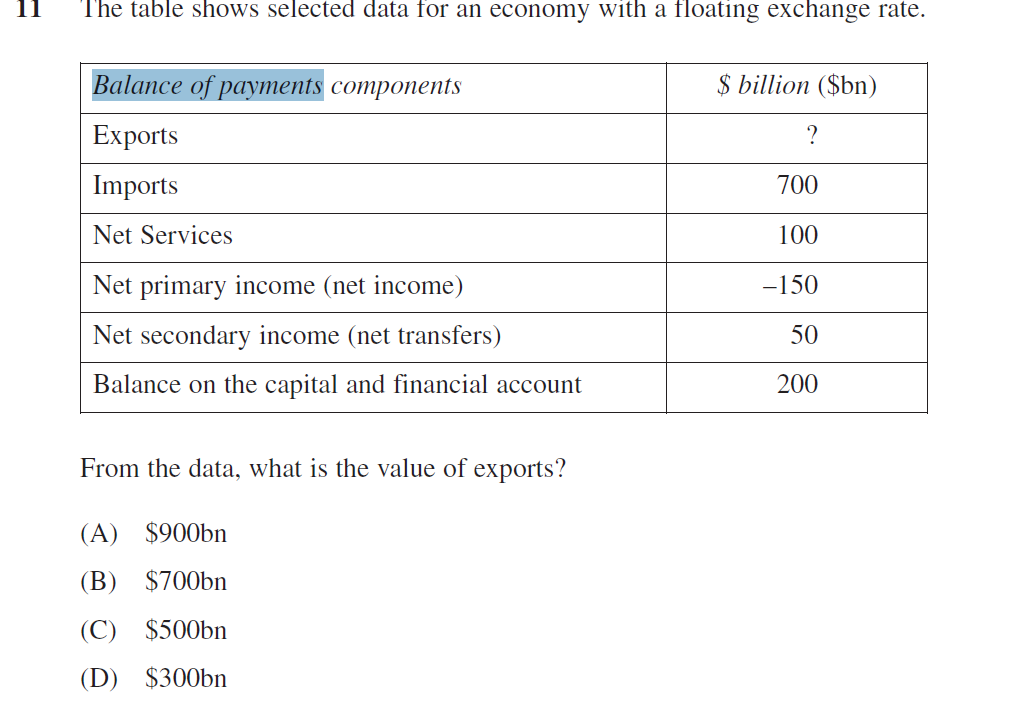Monetary Policy Tools Economics Online Tutor
Post on: 16 Март, 2015 No Comment

Changes in the reserve requirement
The reserve requirement is defined and explained in the section on banking .
When the reserve requirement increases, excess reserves decrease. This decreases the amount of
reserves available for banks to loan out. This in turn decreases the ability of individual commercial
banks to create new money. This decreases the amount of money subject to the deposit expansion
multiplier.l
When the reserve requirement decreases, excess reserves increase, new money created from bank
loans increases, and the amount of money subject to the deposit expansion multiplier increases.
Changes in the discount rate
The discount rate affects the money supply in the same way that the federal funds rate does. The
difference is that the federal funds rate is a market interest rate that banks use to borrow funds from
each other, while the discount rate is an interest rate that the Fed sets for funds that banks borrow
directly from the Fed.
The discount rate is slightly higher than the federal funds rate. The Fed actually uses two different
discount rates. It charges a lower rate to banks in good financial condition (banks with high credit
ratings). This lower discount rate is the lowest interest rate that the Fed has direct control over.
This discussion continues with the page entitled: USING MONETARY POLICY TO
Liquidity Trap: a theory that expansionary monetary policy may be ineffective
after a certain point:
The liquidity trap theory states that when nominal interest rates are close to zero, monetary policy tools
are ineffective in lowering them further.
This can become an issue during times of expected deflation.
When the economy is in a recession, without the presence of a liquidity trap, monetary policy can be
used in order to try to increase private business investment. The cost of investment is interest, and an
increase in investment spending can increase output, jobs, and income.
Monetary policy during recessionary times would involve lowering interest rates.
However, if prices are expected to fall, then the nominal interest rate is lower than the real interest rate
[nominal rate = real rate plus expected inflation, with expected inflation negative]. The lower limit for
nominal interest rates is zero (because if the nominal interest rate were less than zero, it would mean
that creditors would be paying debtors for the use of the creditors’ money, which wouldn’t make sense).

So nominal rates cannot fall below zero. With expected deflation, and nominal interest rates lower than
real interest rates, there would exist a real interest rate that cannot be reduced with the use of monetary
policy.
When interest rates cannot be lowered using monetary policy, then monetary policy cannot be effective
in increasing investment, output, jobs, and income.
This is the liquidity trap.
Monetary policy is an alternative to discretionary fiscal policy for governments to
influence real output and price levels. In the United States, monetary policy is
conducted independently from fiscal policy.
Much disagreement exists among economists as to the relative effectiveness of
monetary vs fiscal policy, the relative effectiveness of specific policy tools, and
the wisdom of using these tools in the first place. These different opinions are
the reason why different economics schools of thought exist. These different
opinions also constitute a sizable portion of different political positions.
Different countries have different monetary & banking systems. The discussion














